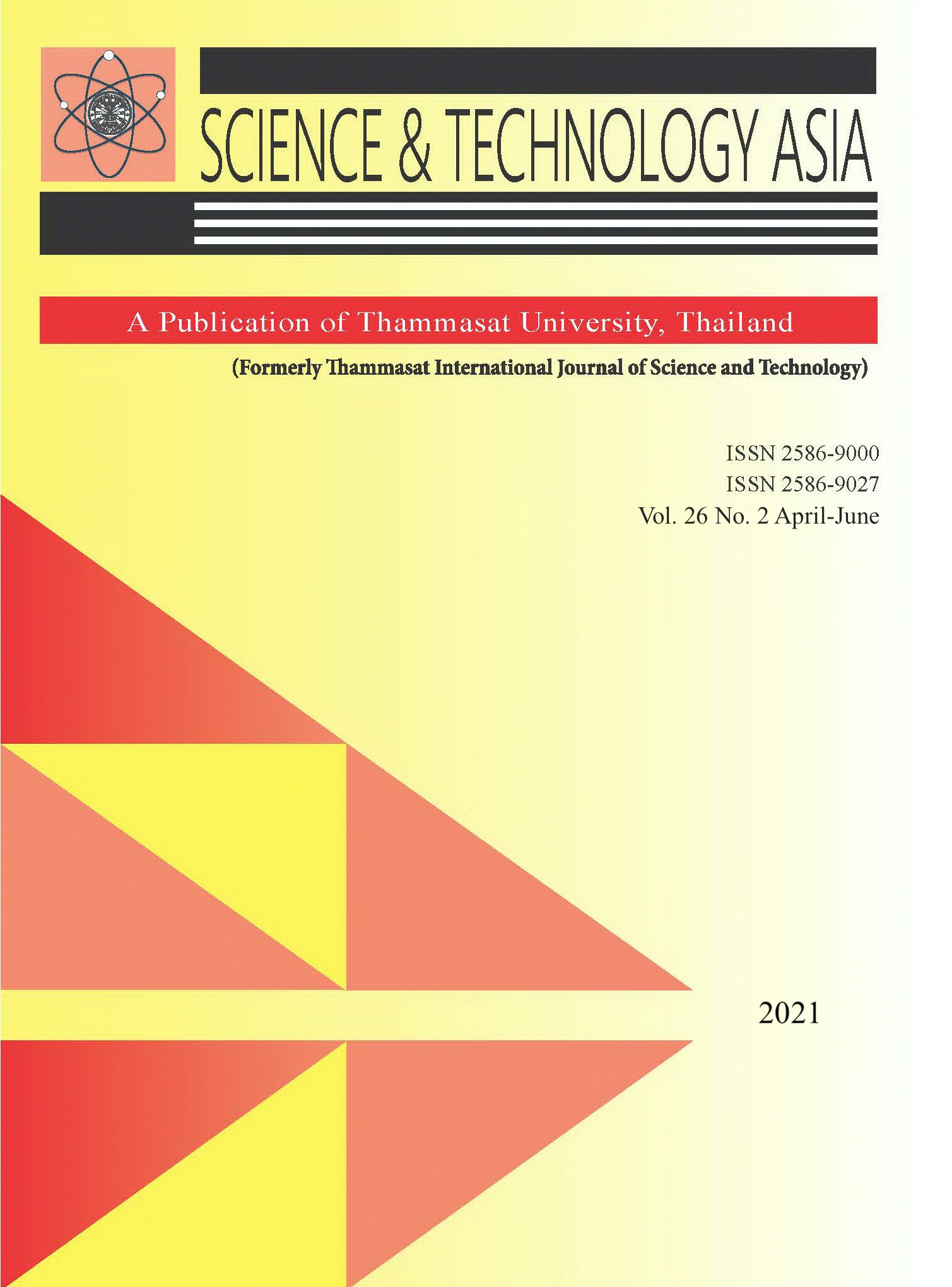Carbaryl Insecticide Decomposition after Application on Oyster and Jew’s Ear Mushrooms Cultivations
Main Article Content
Abstract
One of the major problems in the cultivation of oyster and Jew’s ear mushrooms is the damage from various insect and mite pests. Farmers occasionally used pesticides to control the pests, resulting in contamination of the product. The purpose of this study was to evaluate the decomposition of carbaryl insecticide found in oyster and Jew’s ear mushrooms. The carbaryl residue, in both mushrooms and on the associated growing bags, was then investigated. The carbaryl insecticide, at different concentrations (0, 850 (recommendation) and 1,700 ppm) was sprayed 2 times: 3 days before, and during the first cap opening. The samples were collected after final spraying on days 0, 1, 3 and 6. The samples were extracted and analyzed for carbaryl residues by GC-MS. The results showed that the oyster and Jew's ear mushrooms sprayed with the 850 ppm carbaryl had residue concentrations of less than 0.45 ppm on the 3rd day. Additionally, the growing bags presented carbaryl residues on day 0 with 1.86 and 0.13 ppm for oyster and Jew’s ear mushrooms, respectively. The experiment of 1,700 ppm carbaryl treatment resulted in residues on the 6th day that were less than 0.63 ppm. The contaminations observed in the oyster and Jew’s ear growing bags on day 0 were 3.75 and 0.80 ppm, respectively. Our study would recommend that in cases where carbaryl insecticide use in mushroom cultures is imperative, carbaryl application at the recommendation dose should be made 3 days before the harvesting period, in the interest of consumers safety.


